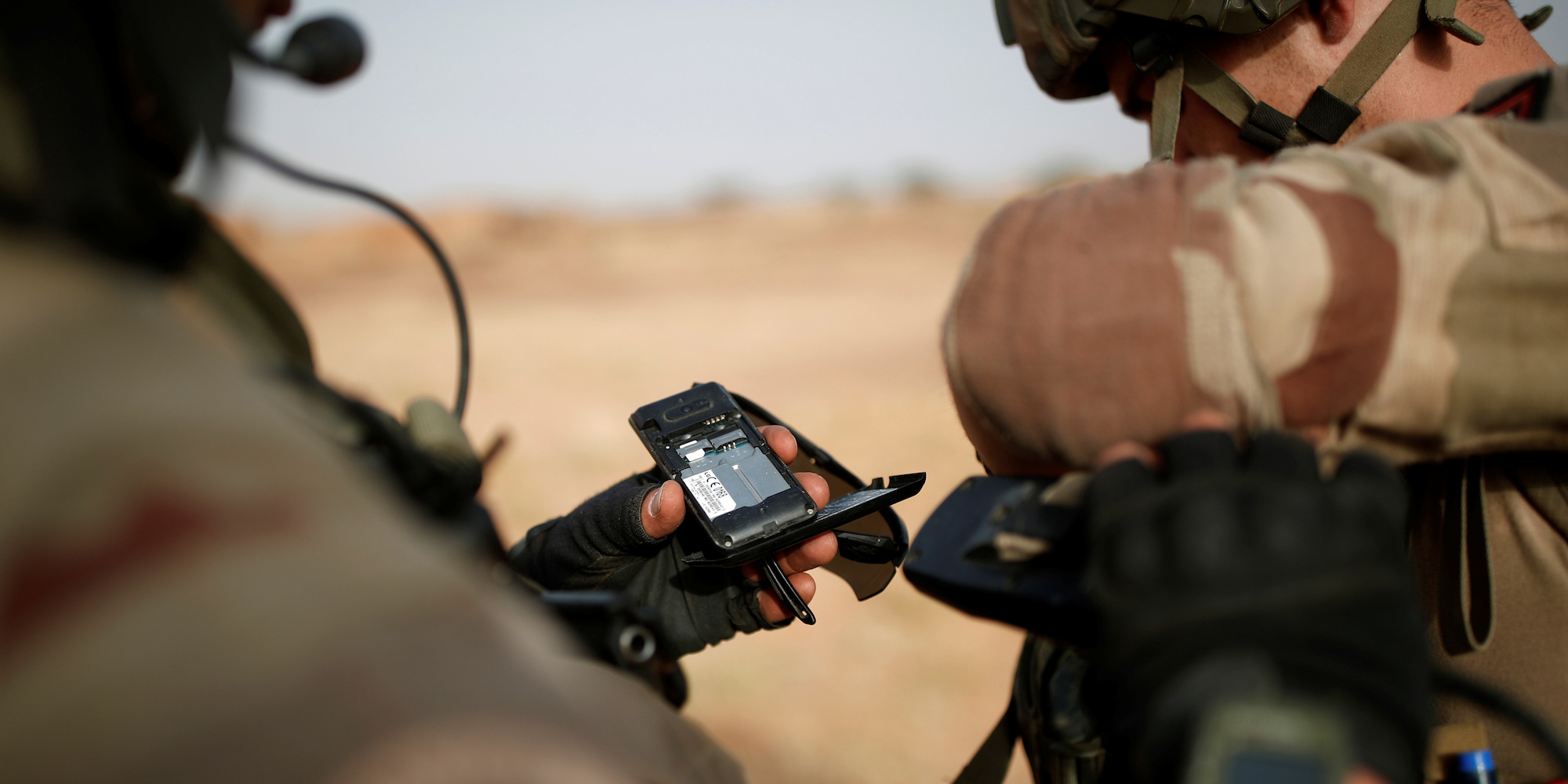- Saudi Arabia is using military-grade technology to track down the cellphones of women who flee its patriarchal system, several runaways have told INSIDER.
- Four women, all speaking anonymously for fear of reprisal, said they were made aware of attempts to track their cellphones via their IMEI number.
- The unique ID number can pinpoint a phone virtually anywhere but is rarely used by civilians. The US military uses IMEIs to direct drone strikes.
- The technique shows how seriously Saudi Arabia takes the escalating numbers of women fleeing its repressive, male-dominated society.
- Saudi authorities declined to respond to INSIDER’s requests for comment.
- Visit INSIDER’s homepage for more stories.
Women who flee Saudi Arabia expect to be chased.
They expect their friends to be interviewed, their social media to be scoured, their passports to be frozen.
They mostly do not expect Saudi government agents to hunt down the old box for their iPhone.
But according to multiple sources who spoke with INSIDER, this is what has been happening in Saudi Arabia’s quest to track down the growing number of women who flee the country every year.
Cellphone packaging can provide information that could - with the help of spy-grade tracking equipment - trace a Saudi runaway to within a few feet of her new location.
The data point being sought is the cellphone's unique 15-digit International Mobile Equipment Identity. Tracking people with IMEI data is not new but is more usually the preserve of militaries or intelligence services.
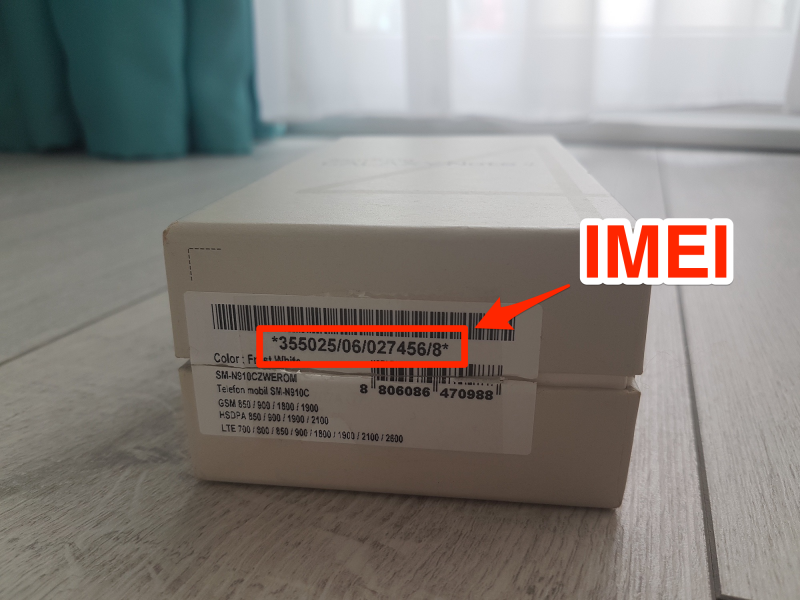
The fact that such techniques are being employed shows how seriously Saudi Arabia takes the mass escape of as many as 1,000 women each year, people it has said are as much of a national security threat as terrorists.
Four women, all of whom fled in the past two years, told INSIDER about their experience of being tracked from their new homes in the West.
Two women who fled together in early 2019 said Saudi security services came to their family homes after they left and demanded to be shown the packaging of their cellphones.
The refugees, who asked to remain anonymous for fear of reprisals, said Saudi agents told their families that the IMEI number was the key to finding and retrieving them.
A third Saudi woman, who was captured by Saudi agents after fleeing, was also told her IMEI number played a part. INSIDER was told her story by Taleb al-Abdulmohsen, an activist based in Germany, who passed her messages on.
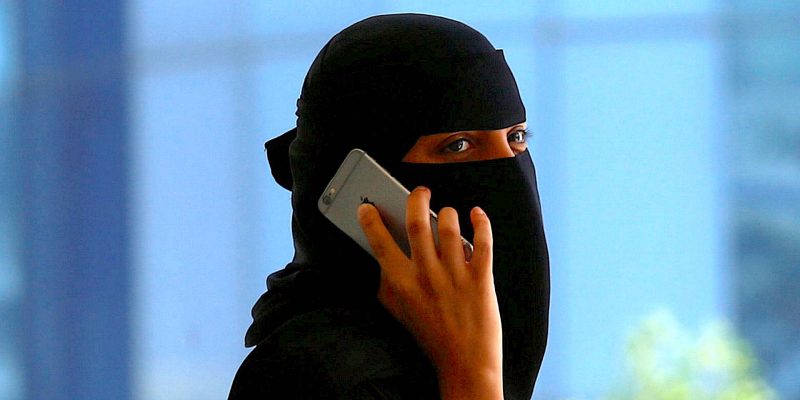
The woman, apprehended in the ex-Soviet nation of Georgia in 2018, was informed by her Georgian state-funded attorney that Saudi intelligence found her IMEI number. Working with the Georgian police, the attorney said, Saudi officials used it to find her.
"The Georgian police tracked you upon request from the Saudi government, using an IMEI that they obtained from the packaging box of your cellphone," she said, paraphrasing what the lawyer told her.
The woman was taken back to Saudi Arabia, where she has remained since.
A fourth escapee, who was nearly repatriated after fleeing to Australia, also related her story to INSIDER via al-Abdulmohsen.
She too said Saudi agents found her via her IMEI number. She was able to secure asylum before Saudi officials could arrange for her to be sent back, she said.
'Trivial' work to find a runaway
IMEI numbers are commonly written on the SIM tray or behind the battery pack of a cellphone. On the iPhone 6S and earlier models, it's located on the bottom end on the back.
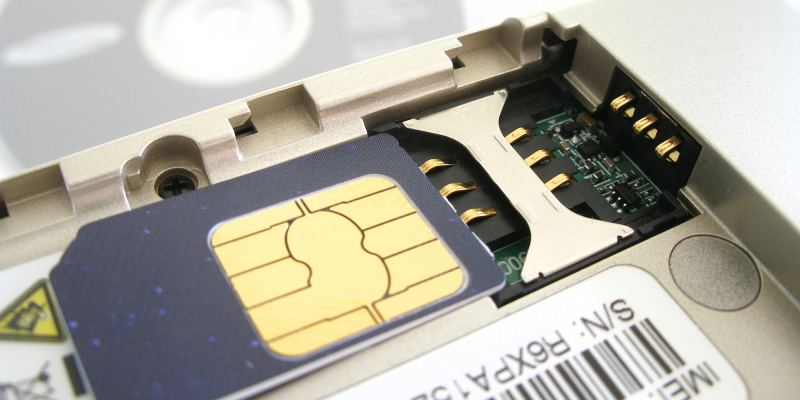
Tracking people using an IMEI is almost exclusively a tool used by police, national security, and military bodies.
The US National Security Agency uses IMEI numbers from phones belonging to targets in Afghanistan to direct drone strikes, according to leaked documents published in October 2015 by The Intercept.
Micah Lee, a computer security engineer and journalist, told INSIDER "it would be trivial for Saudi Arabia, as well as any other country, to track someone's physical location if they know the IMEI number of their target's phone."
Read more: This chart shows how Saudi Arabia is on course to behead more people than ever before in 2019
"When cellphones connect to towers, they share their IMEI as well as other unique identifiers, which means that local telecommunications companies in Saudi Arabia know the physical location of every phone in the country, and could be compelled to share this information with the government," Lee said.
The University of Toronto's Citizen Lab project revealed in May that three critics of the Saudi government had their cellphones hacked by Saudi intelligence.
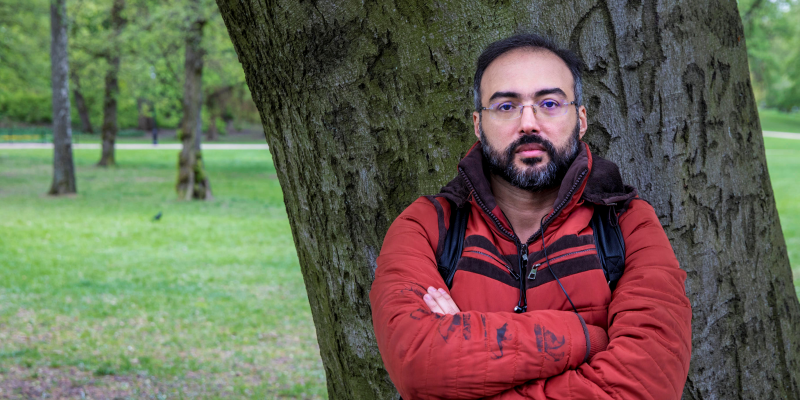
One, Omar Abdulaziz, is suing the Israeli security company NSO Group, which he says sold Saudi authorities a phone-hacking program called Pegasus. INSIDER understands that the software does not include IMEI tracking.
An NSO Group spokesman told INSIDER that Pegasus was "not a tool to track asylum seekers or political dissidents."
How fleeing women puncture images of Saudi progress
Going to such elaborate ends to hack dissidents and track down runaway women contradicts the image of cultural progress often projected by Saudi Crown Prince Mohammed bin Salman, the kingdom's de facto ruler.
The perception that women will be given more rights is a key part of the crown prince's formal plan, dubbed Saudi Vision 2030, to modernize the nation.
Among the widely publicized gestures were women getting the right to drive in June 2018 and a new law that meant men could no longer divorce their wives without their knowledge.
Read more: Uber launched a Saudi Arabia-only feature that lets female drivers avoid taking male passengers
After two high-profile escapes in early 2019, Saudi Arabia's Presidency of State Security produced a video in February likening women who run away to jihadist terrorist operatives working for the likes of the Islamic State.
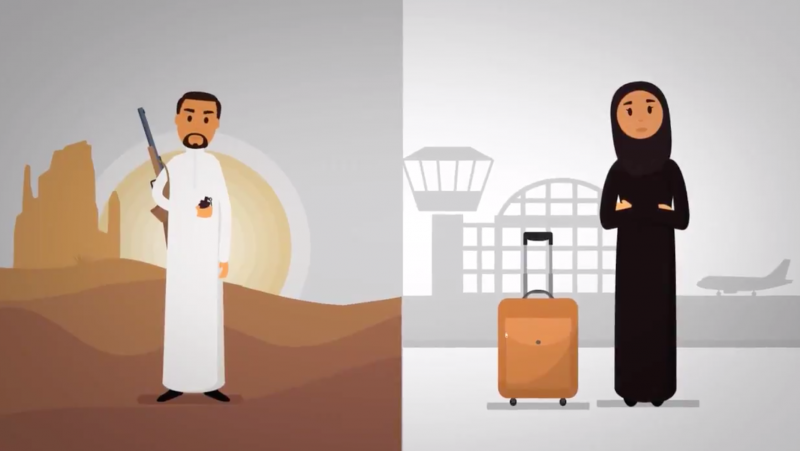
2019 has seen a sharp increase in the number of women escaping Saudi Arabia in high-profile circumstances, a phenomenon enabled by social media.
In January, an 18-year-old named Rahaf Mohammed livestreamed her efforts to flee her family and secure asylum, gaining 114,000 followers and sparking large amounts of media interest in the process. She said she feared she would be killed if she was forced back to Saudi Arabia.
After barricading herself in a hotel room at a Bangkok airport, she ultimately received asylum in Canada.
Her new prominence led the Saudi chargé d'affaires in Bangkok, Abdulelah Al-Shuaibi, to joke that he wished the Thai police "would've taken her phone instead of her passport."
Many female refugees believe they will either be killed by their families, or imprisoned, if they are captured. One, Dina Ali Lasloom, was captured in Manila in April 2017, has not been seen since she was repatriated against her will.
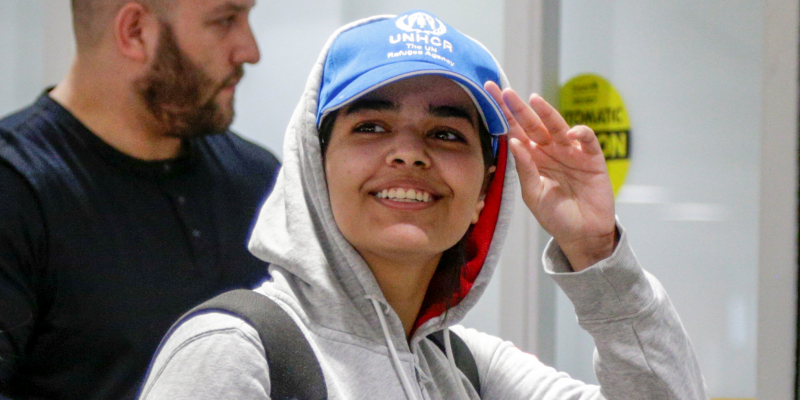
The country of Georgia is the most popular destination for fleeing Saudi women because it does not require them to have a visa to enter.
Matthew Hickey, a professional hacker with over 15 years of experience, told INSIDER that women fleeing to Georgia couldn't just switch SIM cards to protect themselves.
"Putting a new SIM into a phone will change its IMSI number, but the phone will still have the same IMEI number, so cellphone companies can easily see that these different SIM cards are being used in the same phone," he said.
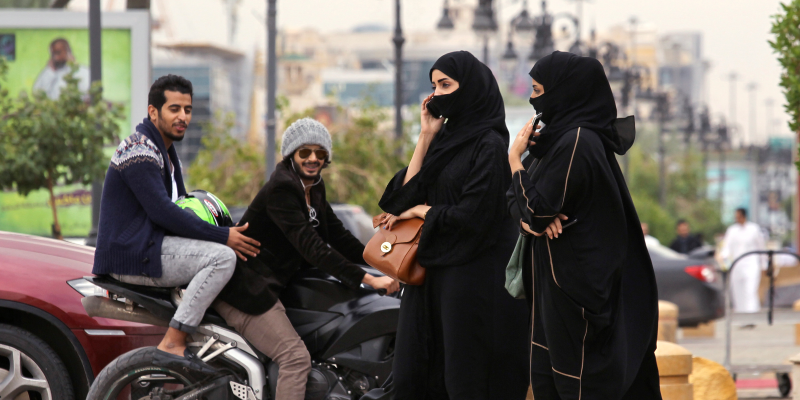
"The only way for an individual to avoid this type of tracking is to replace the handset, physically remove and replace a chip to obtain a new IMEI, or use a phone which has a reprogrammable IMEI."
A Saudi Ministry of Foreign Affairs spokesman directed a request for comment from INSIDER to the Saudi Embassy in Georgia, which did not respond.
Do you know anyone who has tried run away from Saudi Arabia? Have you run away yourself? Contact this reporter on [email protected] or Twitter DM at @billbostockUK. You can also contact Business Insider securely via SecureDrop.
